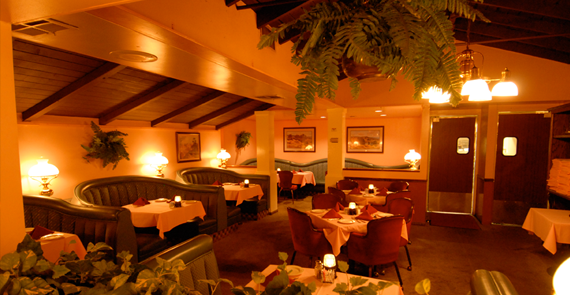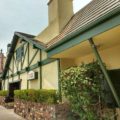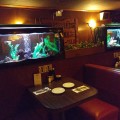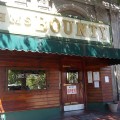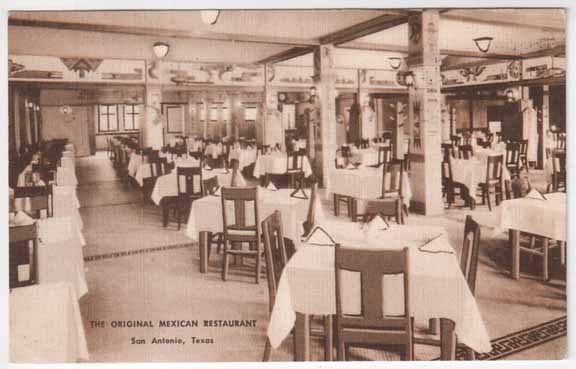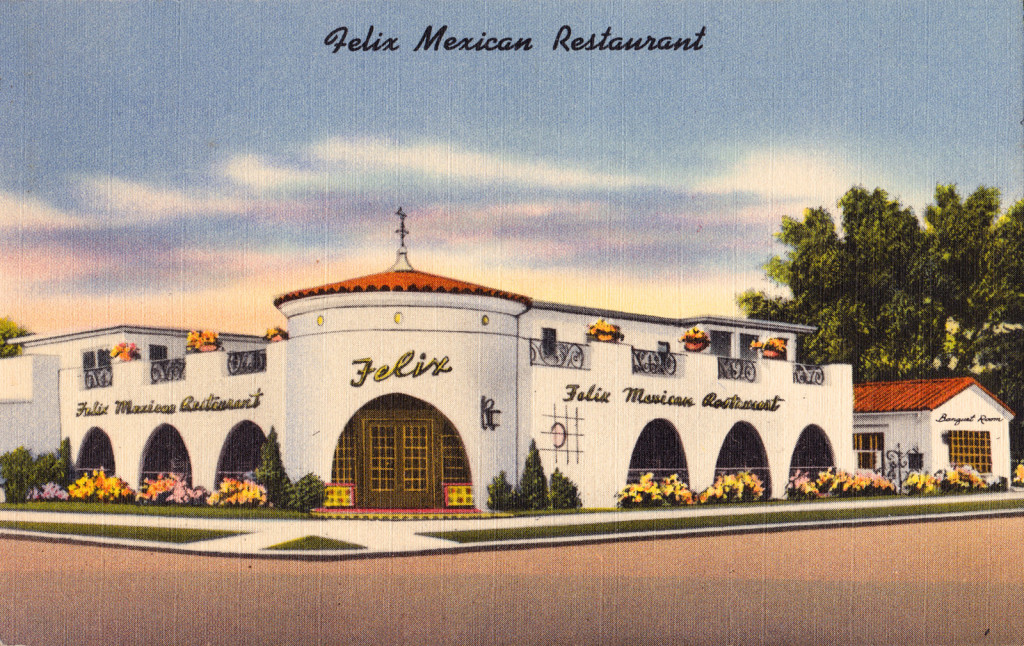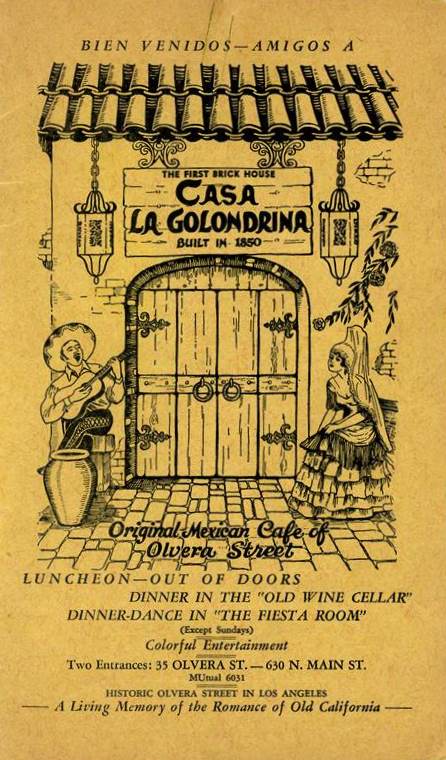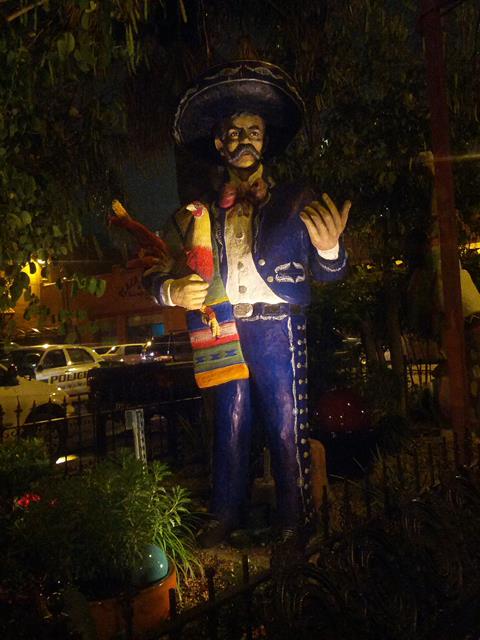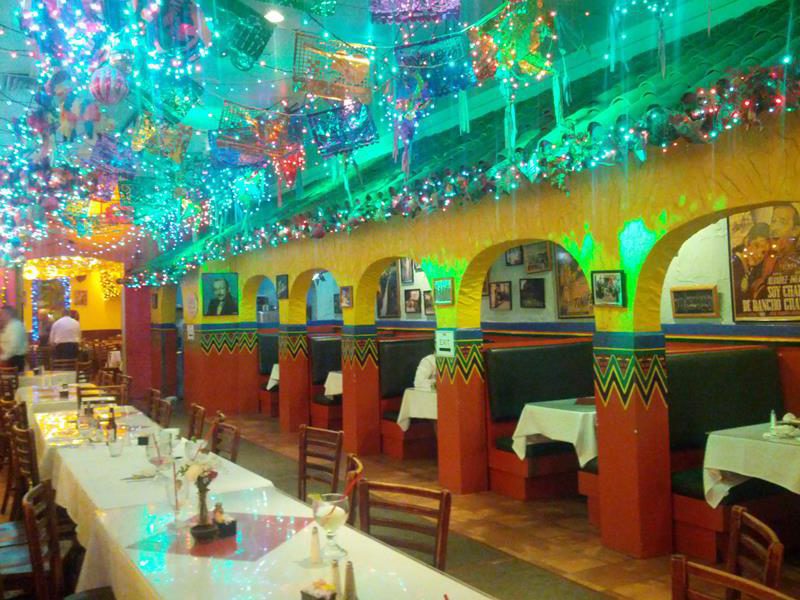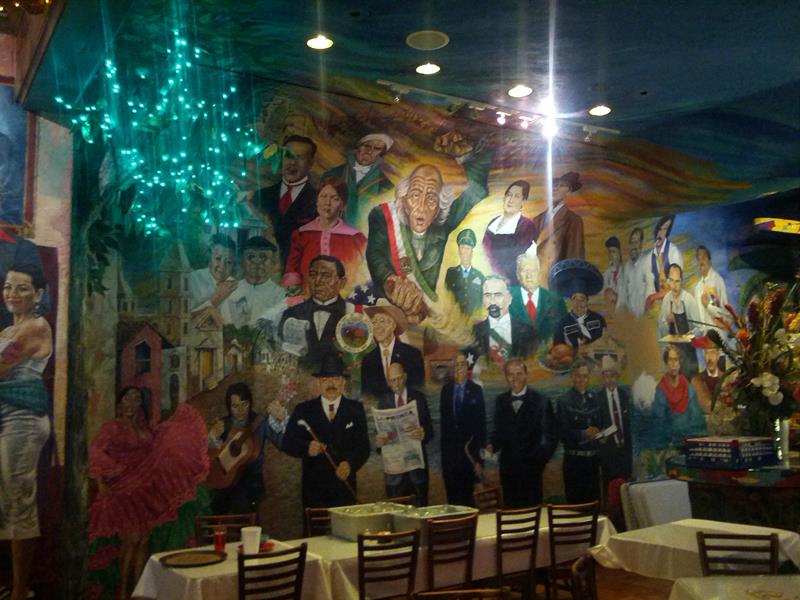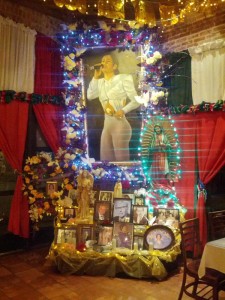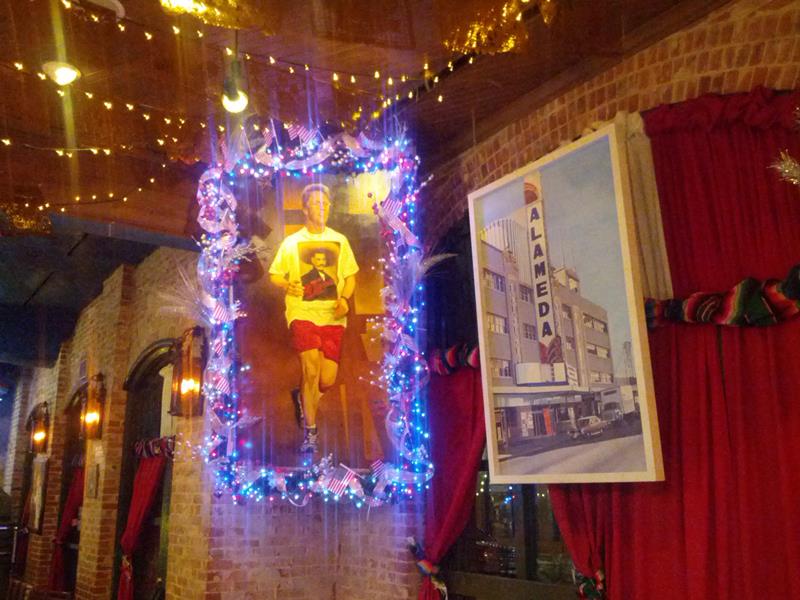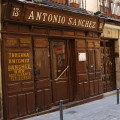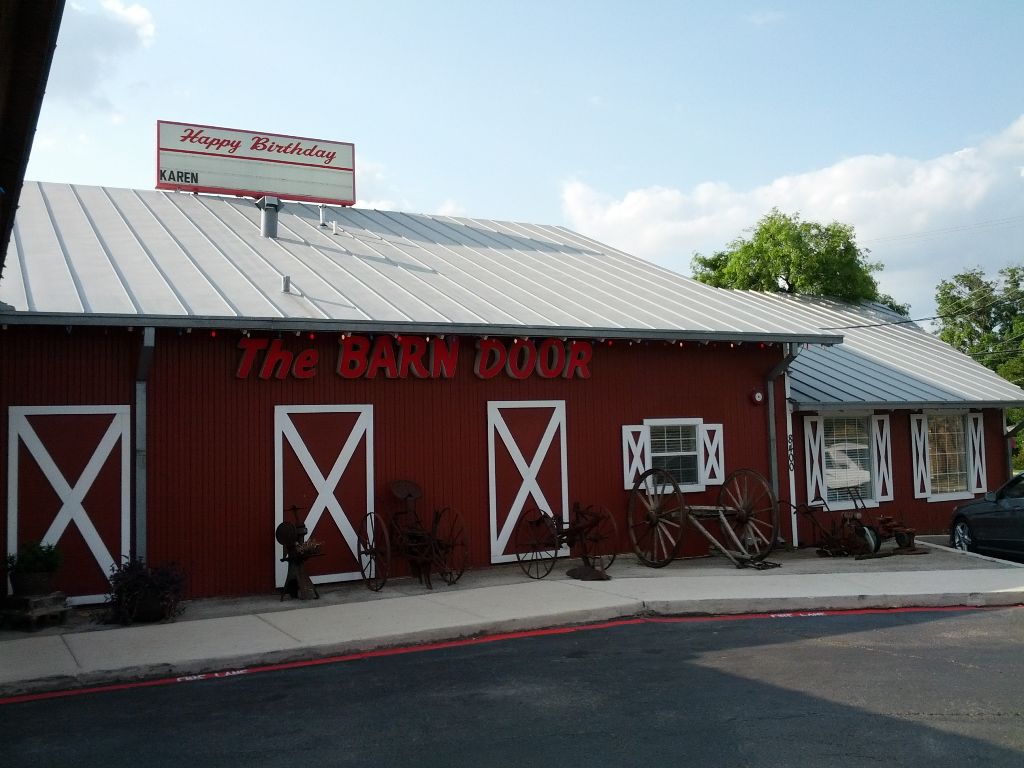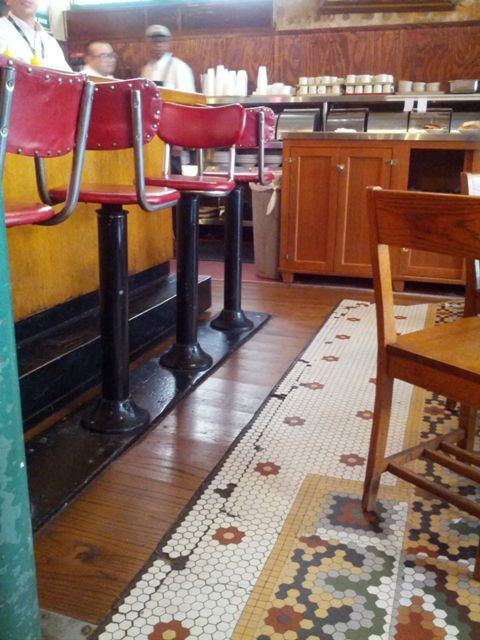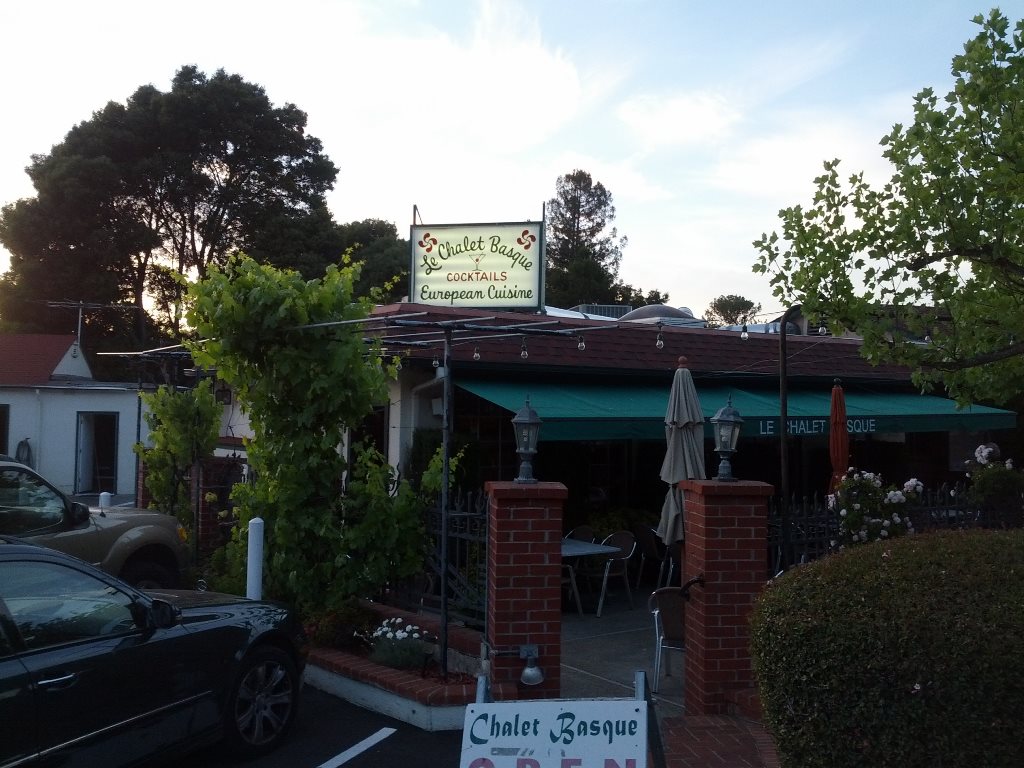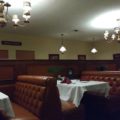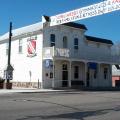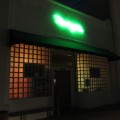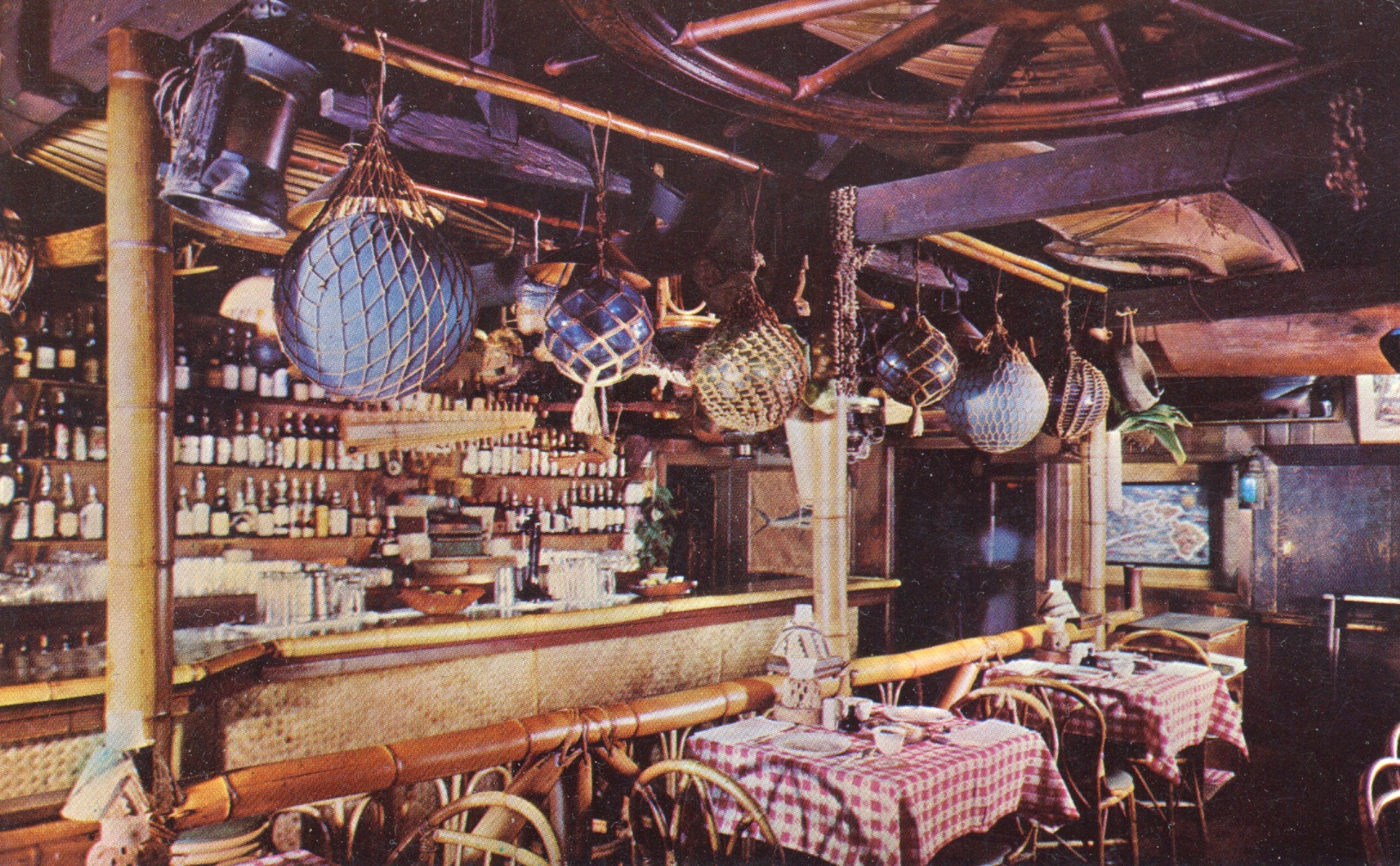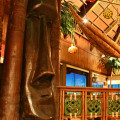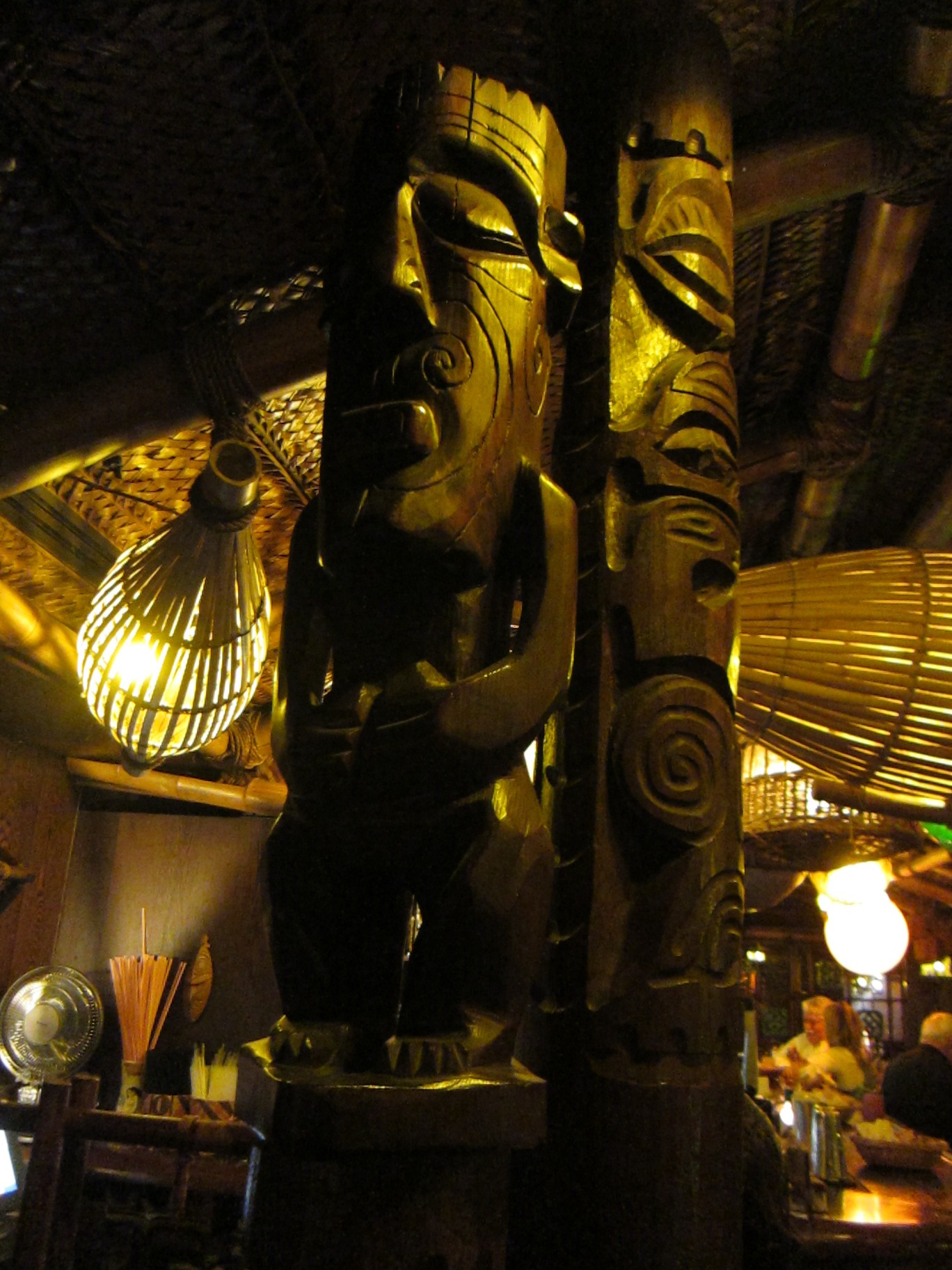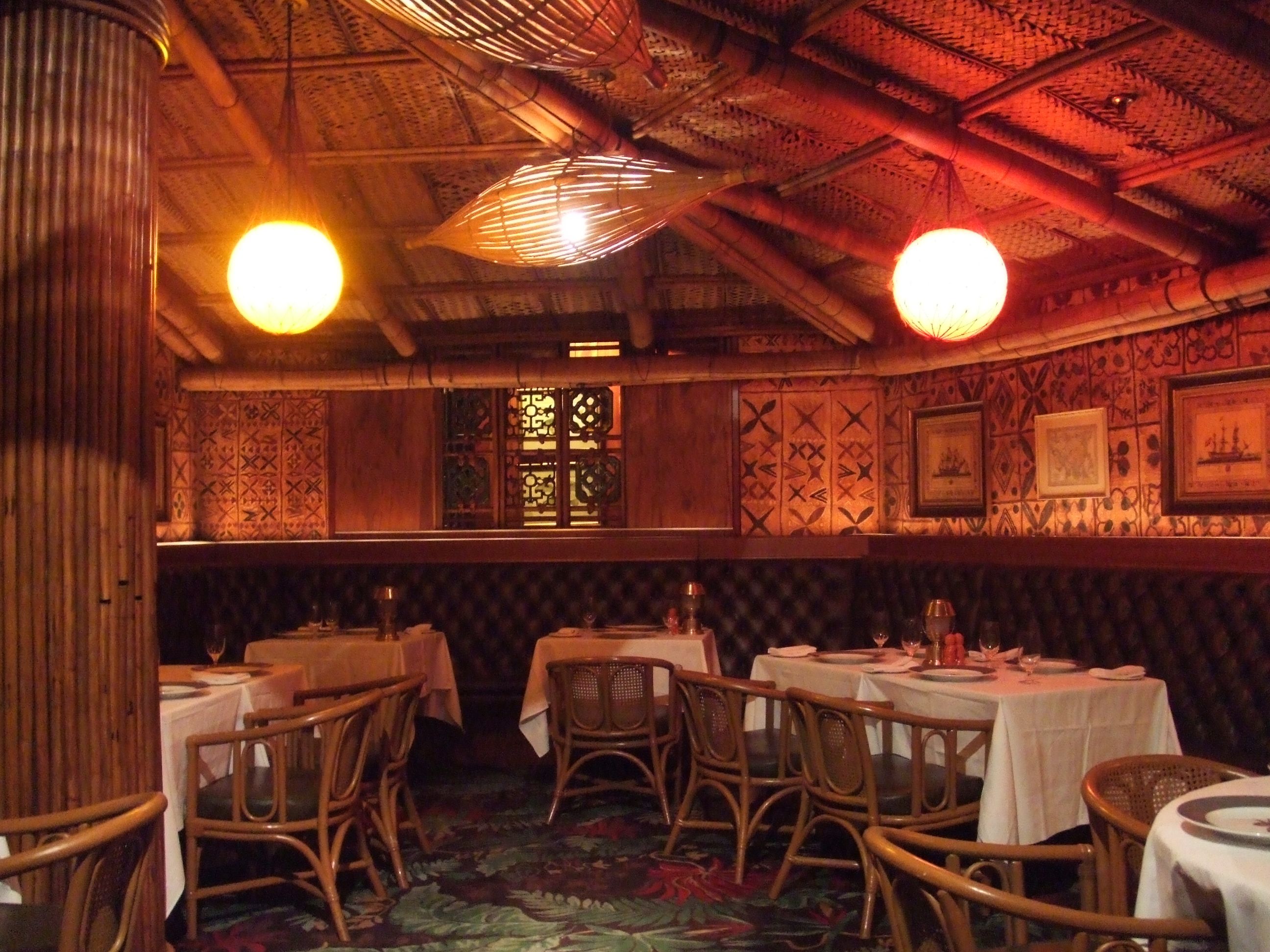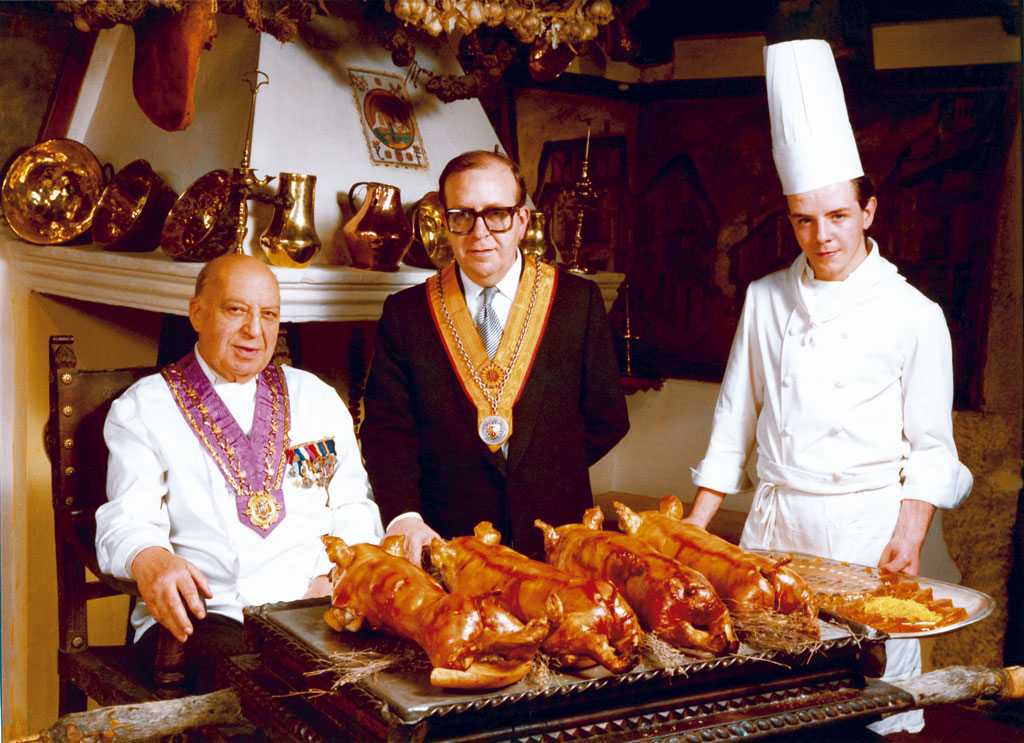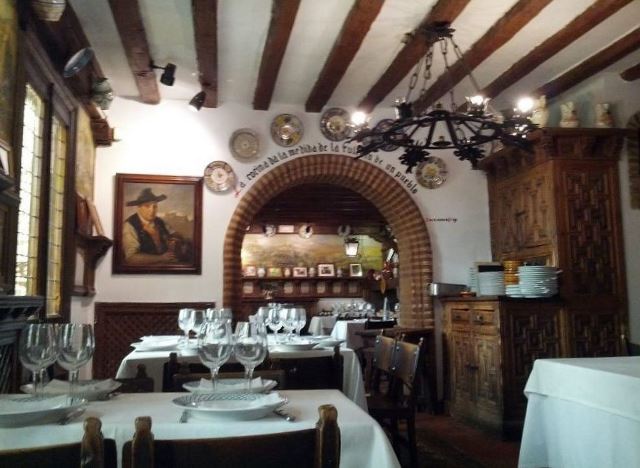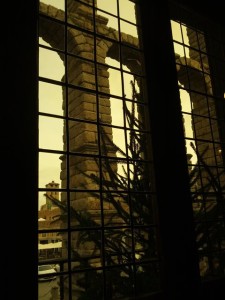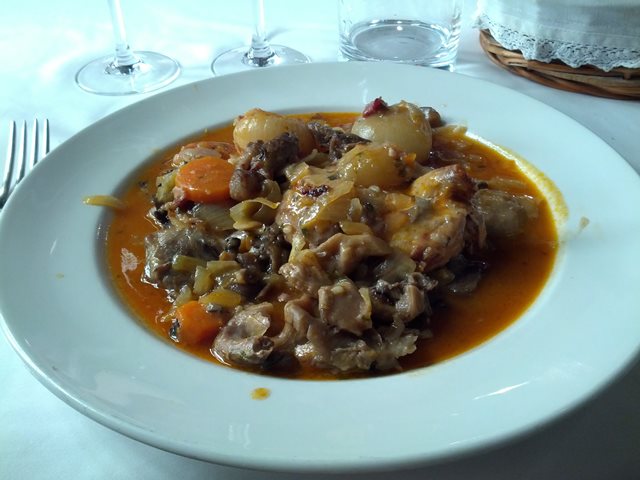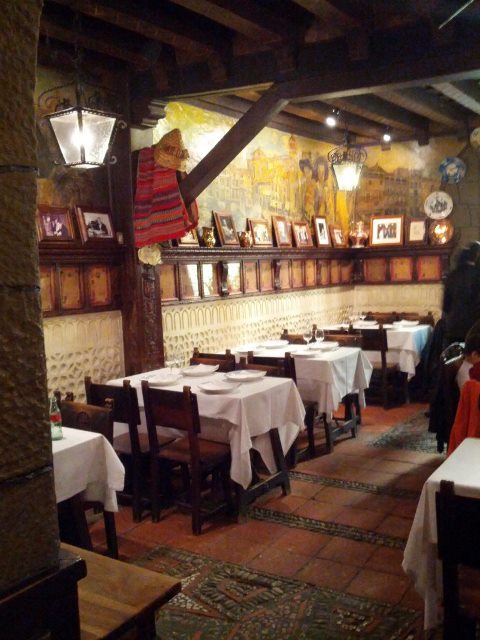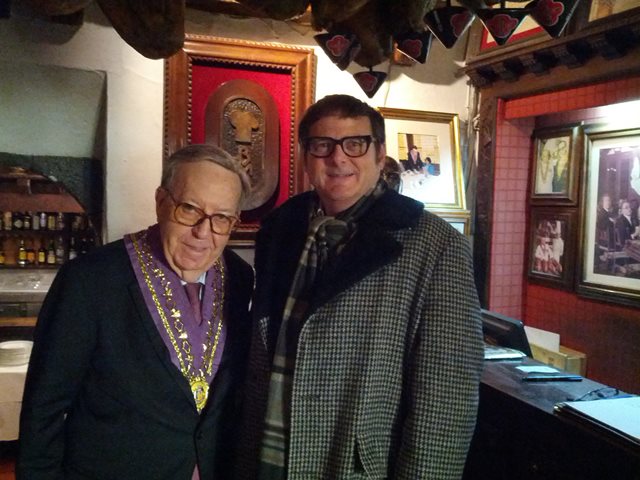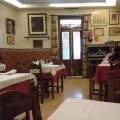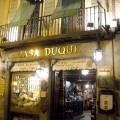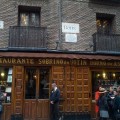Recently an incredible list of classic, vintage restaurants in Los Angeles and vicinity (up to an hours drive away), sorted by year opened at current location, was posted on The LA Beat blog.
Le Continental thanks Nikki Kreuzer and the folks at the LA Beat for all the research and work that went into this list!
The Jab has eaten at 81 of the restaurants on the list, but that leaves plenty more to do! Here are my top picks on the list that I have not visited yet (descriptions by the LA Beat):
Golden Spur, Glendora – 1918
Classic mid-century steakhouse on Route 66 that started as a horse ride-up burger stand. Amazing vintage sign of a cowboy boot with spur attached & great vintage interior.
Valley Inn, Sherman Oaks 1947
Old school steakhouse with round black leather booths and an attached vintage bar.
Steven’s Steakhouse, Commerce – 1952
Steakhouse with spectacular signs, leather booths, beveled glass & a vintage bar.
Ernie’s Mexican Restaurant, N. Hollywood – 1952
Classic mid-century Mexican with two dining areas & a bar; dimly lit with leather booths.
Little Toni’s, North Hollywood 1956
Opened in the mid-’50s in place of Cottage Italia and serving Italian-American food, this restaurant has an authentic old school vibe. Dark, with red leather booths, stained glass, wood & Italian inspired decor.
Corky’s Restaurant, Sherman Oaks – 1958
Authentic Googie diner with river rock exterior, vintage interior and cocktail lounge.
Tortilla Inn, Northridge – 1959
Old school, family-owned Mexican restaurant with a dimly-lit atmosphere, red leather booths and separate bar.
Arthur’s Restaurant, Downey – 1961
Authentic ’60s diner with wood paneled walls, olive green leather booths, wood laminate tables and original front sign.
La Cave, Costa Mesa 1962
Old-school steak and seafood. Dark and romantic, located downstairs in a cellar. John Wayne was a regular.
The San Franciscan, Torrance – 1963
Old school steakhouse. Vintage signage, red leather booths, classic early 1960s.
Taco Lita, Arcadia – 1967
Americanized fast-food Mexican served in a spectacularly original late ’60s building. Bright orange tiled floors, blue molded plastic seats and original signs.
The Backwoods Inn, Canyon Country – 1968
Rustic mid-century steakhouse with saw dust on the floor, wood, antiques & a bar built in 1978.
Brolly Hut, Inglewood 1968
Spectacular vintage building shaped like an umbrella, serving fast-food hamburger fair. Upside-down umbrellas serve as light fixtures, vintage mosaic tiles, amazing original sign.
La Villa Mexican Restaurant, Gardena – 1969
Mexican food in a bright brick & shingle building. Original neon sign; interior decoration leans toward late ’60s country cottage with a Southwest flavor.
La Poubelle, Los Angeles – 1969
Classic French bistro food in a space with a solid wooden bar, dim lights and European inspired decor.
Spaghetti Bender, Newport Beach – 1969
Italian restaurant with an old school country kitschy dining room that hasn’t been remodeled since 1976.
Antonio’s Restaurant, Los Angeles – 1970
Opened before Melrose became trendy, this Mexican restaurant is dark, with an old school feel, including wrought iron, Mexican tile and walls full of old photos.
Alfredo’s Granada, Burbank – 1971
Early ’70s decor with a tile-roofed Mexican hacienda disguising the kitchen.
Gardens of Taxco, West Hollywood – 1971
Mexican food. Prix fixe menu recited by a waiter. Dark interior with red leather booths.
El Compadre, Los Angeles – 1975
Classic Mexican food. Dark, with an old world hacienda feeling, leather booths and flaming margaritas.
Don Antonio’s, Los Angeles – 1982
Dark and cozy, red leather booths and a “cave room” complete with stalactites.
Paoli’s, Woodland Hills – 1984
East coast Italian feel. Small piano bar with a vintage feel and a separate bar area.
A lot of old school Mexican restaurants to try (one of my favorite kinds of restaurant)! And those are just a few of the ones I have not been to yet. There are also loads of quick meal type places I need to try (like hamburger and hot dog stands). For the curious, here is my list of visited restaurants on the list (if city not noted it’s in Los Angeles):
Philippe the Original 1908
Cole’s 1908
Watson Drugs, Orange 1915
Musso and Frank 1919
Pacific Dining Car 1921
Tam O’Shanter 1922
The Pantry 1924
Joe Jost, Long Beach 1924
Formosa Cafe 1925El Cholo 1927
Casa La Golondrina 1930
Clifton’s 1931
Canter’s 1931
El Coyote 1931
Mrs. Knott’s Fried Chicken, Buena Park 1934
The Galley, Santa Monica 1934
Tom Bergin’s 1936
Damon’s 1937
Du-par’s, Farmers Market 1938
The Derby, Arcadia 1938
Harbor House Cafe, Sunset Beach 1939
Pink’s Hot Dogs 1939
The Sycamore Inn, Rancho Cucamonga 1939
The Polo Lounge 1940
Hop Louie 1941
Snug Harbor, Santa Monica 1941
Bun ‘n Burger, Alhambra 1941
Nate ‘n Al, Beverly Hills 1945
Barone’s, Valley Glen 1945
The Smokehouse 1946 (current location 1949)
Billingsley’s 1946
Tommy’s 1946 – original location on Beverly
Chili John’s, Burbank 1946
Clearman’s Steak ‘n Stein, Pico Rivera 1946
Rod’s Grill, Arcadia 1946
Casa Escobar, various 1946
Gus’s Barbeque, Pasadena 1946
Langer’s Deli 1947
Apple Pan 1947
HMS Bounty 1948
Bob’s Big Boy Burbank 1949
Miceli’s 1949
Crab Cooker, Newport Beach 1951
The Hat 1951 – Alhambra location
Johnnies Pastrami 1952
Tony’s on the Pier, Redondo Beach 1952
The Bear Pit, Mission Hills 1953
Taylor’s 1953 (current 1970)
Dresden 1954
The Venice Room, Monterey Park 1955
Casa Bianca Pizza, Eagle Rock 1955
The Magic Lamp 1955
La Palma Chicken Pie Shop, Anaheim 1955
Casa Vega, Sherman Oaks 1956
Safari Room, Mission Hills 1957
Norm’s Restaurant, West Hollywood 1957
Pann’s 1958
Dal Rae, Pico Rivera 1958
Rae’s Coffee Shop, Santa Monica 1958
Chez Jay, Santa Monica 1958
Titos Tacos, Culver City 1959
Ports ‘O Call, San Pedro 1961
Viva Cantina, Burbank 1962
Dear John’s, Culver City 1962
El Cid 1963
Pie ‘n Burger, Pasadena 1963
Dan Tana’s, West Hollywood 1964
Tony Bella Vista Restaurant, Burbank 1965
The Steak Corral, Whittier 1965
The Prospector, Long Beach 1965
El Chavo 1965
Clearman’s Northwoods Inn, San Gabriel 1966
La Dolce Vita, Beverly Hills 1966
Clearman’s Northwoods Inn, Covina 1967
Brent’s Deli, Northridge 1967
Casa Escobar, Santa Monica 1967
Dinah’s Chicken, Glendale 1967
Don Cuco, Toluca Lake 1969
Pinocchio Italian Restaurant, Burbank 1971
Oomasa, Little Tokyo 1972
The Prince 1991 (in the French Windsor, 1949)

